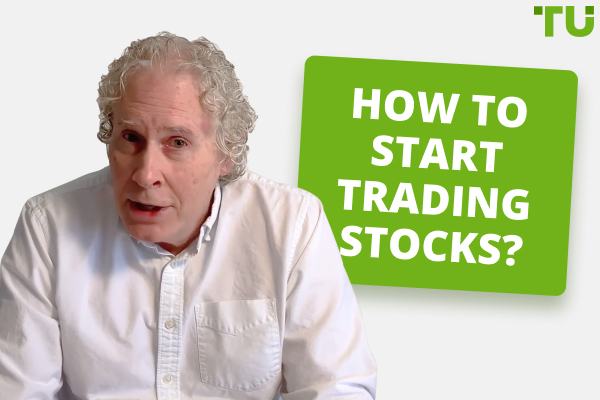Strategies for Handling Winning and Losing Streaks in Forex Trading
To deal with winning and losing streaks in Forex trading: implement proper risk management, stick to your trading plan, manage emotions, analyze trades, and diversify your portfolio.
How to deal with winning and losing streaks?
Forex trading, like any other form of investment, can be characterized by periods of both success and failure. Learning how to navigate through winning and losing streaks is crucial for long-term success in the Forex market. Here are some effective strategies to help you deal with these fluctuations:
1 Implement proper risk management techniques
One of the fundamental principles of successful Forex trading is implementing proper risk management techniques. This involves setting stop-loss orders to limit potential losses on trades and adhering to a consistent risk-reward ratio. By managing your risk effectively, you can mitigate the impact of losing streaks on your overall trading account.
2 Stick to your trading plan
Having a well-defined trading plan is essential for maintaining discipline and consistency in the Forex market. Your trading plan should outline your entry and exit strategies, as well as your risk management rules. During both winning and losing streaks, it's important to stick to your plan and avoid making impulsive decisions based on emotions.
3 Take breaks and manage emotions
Emotions can often cloud judgment and lead to irrational decision-making, especially during periods of heightened volatility or prolonged losing streaks. It's crucial to take breaks from trading to clear your mind and regain perspective. Additionally, practicing mindfulness and emotional management techniques can help you maintain composure and make rational decisions, even in challenging market conditions.
4 Analyze your trades and learn from mistakes
During losing streaks, it's essential to analyze your trades objectively and identify any patterns or mistakes that may have contributed to your losses. By learning from your mistakes and adjusting your trading strategy accordingly, you can improve your chances of success in the long run. Keep a trading journal to track your performance and make informed decisions based on data rather than emotions.
5 Diversify your trading portfolio
Diversification is a key strategy for reducing risk and minimizing the impact of losing streaks on your overall trading account. Instead of focusing solely on one currency pair or trading strategy, consider diversifying your portfolio to include multiple assets and trading approaches. This can help spread risk and increase the likelihood of consistent returns over time.
Conclusion
Managing winning and losing streaks in Forex trading demands effective risk management, discipline, emotional control, continuous learning, and diversification. These strategies help navigate market fluctuations with confidence and resilience. Success in Forex trading is a long-term endeavor, emphasizing the importance of commitment to your goals for sustainable profitability.
Authored by Johnathan Maverick, a seasoned financial expert at Traders Union, this article offers valuable insights and guidance for Forex traders.
Financial Markets Expert
Glossary for novice traders
-
1
Forex Trading
Forex trading, short for foreign exchange trading, is the practice of buying and selling currencies in the global foreign exchange market with the aim of profiting from fluctuations in exchange rates. Traders speculate on whether one currency will rise or fall in value relative to another currency and make trading decisions accordingly. However, beware that trading carries risks, and you can lose your whole capital.
-
2
Leverage
Forex leverage is a tool enabling traders to control larger positions with a relatively small amount of capital, amplifying potential profits and losses based on the chosen leverage ratio.
-
3
Diversification
Diversification is an investment strategy that involves spreading investments across different asset classes, industries, and geographic regions to reduce overall risk.
-
4
Investor
An investor is an individual, who invests money in an asset with the expectation that its value would appreciate in the future. The asset can be anything, including a bond, debenture, mutual fund, equity, gold, silver, exchange-traded funds (ETFs), and real-estate property.
-
5
Volatility
Volatility refers to the degree of variation or fluctuation in the price or value of a financial asset, such as stocks, bonds, or cryptocurrencies, over a period of time. Higher volatility indicates that an asset's price is experiencing more significant and rapid price swings, while lower volatility suggests relatively stable and gradual price movements.
Team that worked on the article
Johnathan M. is a U.S.-based writer and investor, a contributor to the Traders Union website. His two primary areas of expertise include finance and investing (specifically, forex and commodity trading) and religion/spirituality/meditation.
His experience includes writing articles for Investopedia.com, being the head writer for the Steve Pomeranz Show, a personal finance radio program on NPR. Johnathan is also an active currency (forex) trader, with over 20 years of investing experience.









